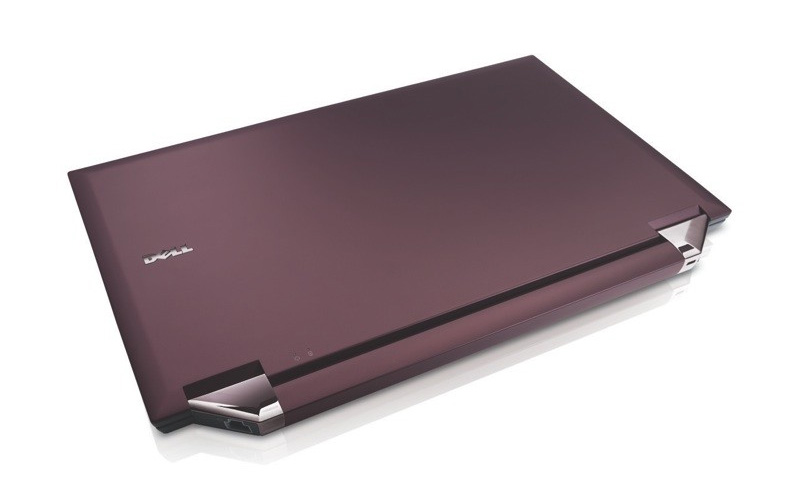
At a special event held at San Francisco’s Yerba Buena Center for the Arts, Apple CEO Steve Jobs—who opened with a brief note that rumors of his death were greatly exaggerated—announced iTunes 8, new content offerings, and—as expected—updated to its iPod line of portable media players.
First, Jobs introduced iTunes 8, a new version of its ubiquitous jukebox software that enables users to browse media (music, movies, and TV) by album. Version 8 adds a new "Genius" feature that automatically creates playlists from songs in a user’s music library that—supposedly—fit well together…and, of course, which also makes recommendations from the iTunes Store for songs that might supplement a Genius playlist. Folks who think variety is the spice of life might be better off sticking with random shuffles, but folks who like a certain (how do we put this politely?) homogeneity to their music—or who believe in the wisdom of crowds—might find the feature useful. The Genius feature is built off playlist data collected anonymously from other iTunes users, and relies on being able to connect to the iTunes service to make its recommendations. iTunes 8 is a free download for Mac and Windows and is available now.
Not to be outshone, Jobs also introduced updates to Apple’s iPod line. First, Apple is discontinuing the "thick" 160 GB version of its iPod classic, and updating the 80 GB version of the iPod classic to 120 GB for a retail price of $249. The updates mean Apple is only offering a single model of its hard-drive-based iPod for the holiday season, immediately leading to speculation Apple may discontinue the product line in the semi-near future.
Next, Jobs unveiled a new iPod nano, that’s both taller than the "squat" third-generation video-capable iPod nano, and the thinnest iPod Apple has ever made, with a curved aluminum design and the accelerometer technology from the iPhone/iPod touch so it can automatically switch between portrait and landscape modes. The new iPod nanos will also offer a voice recording feature and incorporate support for Genius playlists. Apple says the new iPod nanos will offer up to 24 hours of music playback and 4 hours of video playback on a single battery charge. It’s also manufacturing the new units with fewer toxic materials, and while the company plans to do more in the future, the new BFR, PVC, and mercury-free iPod nanos represent the greenest iPods Apple has made. The nanos will also ship with a new set of Apple headphones that include an inline remote to control volume and skip between tracks.
Perhaps most striking about the new iPod nanos are their colors, including purple, yellow, orange, green, blue, pink, silver, and black, along with a (PRODUCT) RED edition. Oh, and the price: an 8 GB version will be available for $149, with a 16 Gb edition going for $199. The 8 GB models are on sale today, with the 16 GB editions expected to be available at Apple stores this weekend.
Jobs also introduced an upgraded iPod touch. The unit is still an iPhone look-alike and features the same 3.5-inch LCD display, although it now sports an external volume control, an integrated speaker for casual listening, and support for the App Store as well as the new Genius playlists. The iPod touch also gets integrated support for the Nike+iPod sport system. Jobs brought out Apple exec Phil Schiller to demonstrate new games available via the App Store, which run on both iPhones and the iPod touch. The message is clearly that the iPod touch isn’t just a music player: it handles video, it handles tons of iPhone applications, and it’s also a viable game platform—just in time for the end-of-year holiday season. The revised iPod touch will be available in three models: 8 GB for $229, 16 GB for $299, and 32 GB for $399, all of which are available for sale today.
The new iPod touches will feature software revision 2.1, which will also be available to existing iPhone and iPod touch owners. (iPod touch owners with v1.x firmware can update for $9.95). Jobs claimed the version 2.1 software will fix a number of outstanding bugs with iPhones, including dropped calls and glacially slow backups via iTunes. The new firmware should be available to existing iPhone and iPod touch owners September 12.
Apple is also rolling out a new $79 set of iPod headphones with both a main driver and a tweeter for better audio fidelity—or perhaps they’re just a way for "those kids" to drive themselves deaf more quickly. Apple’s default earbuds have received a good deal of criticism from music fans, and a flourishing market of higher-quality iPod compatible headphones already exists.
Jobs noted new high-definition television shows will be available via iTunes for $2.99 per episode, including programming from NBC, which famously pulled its content from iTunes last year in a spat over setting its own pricing and product bundles. Although no terms of the deal were revealed, apparently NBC has decided iTunes currently represents such a large proportion of the online video marketplace that it just can’t be ignored.


